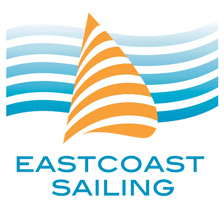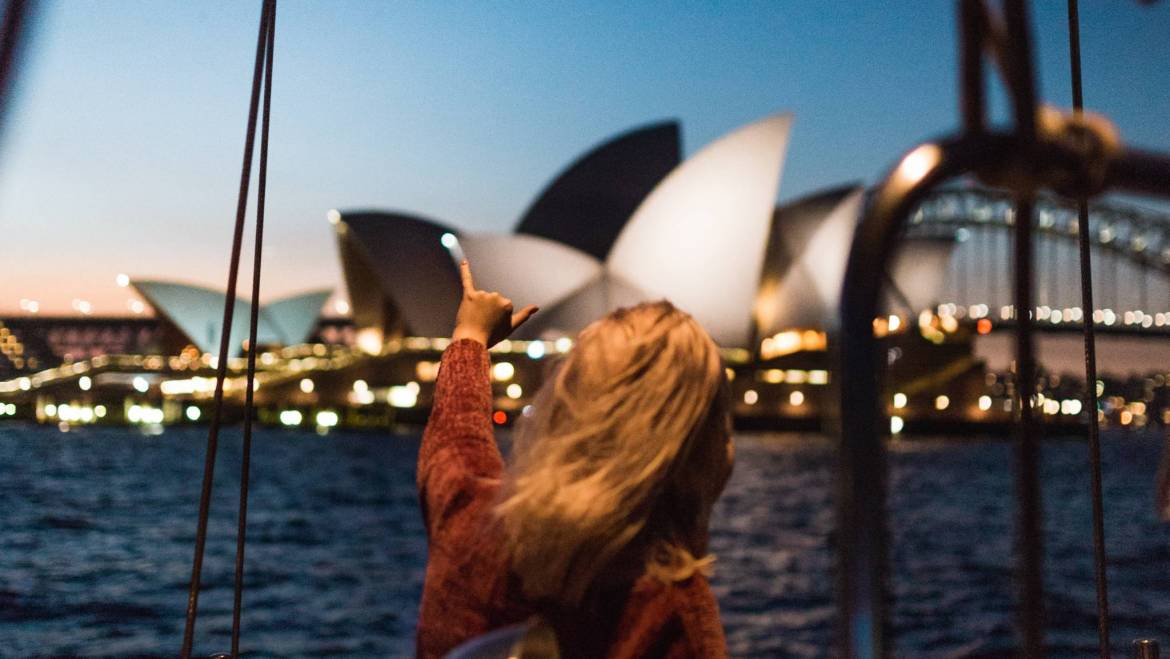Sydney Harbour is known worldwide for its sparkling blue waters, dramatic shoreline and its famous landmarks such as the Sydney Opera House and the Sydney Harbour bridge. It is perhaps less well known for its standing as one of the largest, or often claimed the largest, natural harbour in the world. Whether or not it ranks number one in size, it is certainly up there when it comes to beauty, fame, and function. This incredible natural monument deserves a moment in the spotlight, with a little explanation on why it’s the best natural harbour out there. At East Coast Sailing our Sydney boat cruise and hire services will give you the amazing experience of viewing this natural harbour in the flesh.
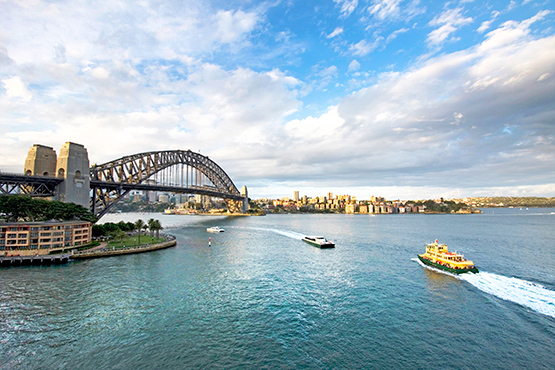
Photo: sydney.com.au
What is a natural harbour anyway?
Many harbours in the world are actually natural harbours! A natural harbour is an organically occurring landform in which a body of water is both protected by land, and deep enough to provide safe anchorage for boats or ships. Many large cities are developed near natural harbours as they create opportunity for transfer of passengers and goods, as well as providing a place for boats to anchor away from inclement weather. In order to be considered a natural harbour, a harbour has an existing landform, free a man-made changes, which provided appropriate shelter for ships. Many natural harbours are later developed to enhance the protection from wind, they are expanded to encompass more vessels, or they are dredged to allow for deeper anchorage.
How was Sydney Harbour originally formed?
220 million years ago, during the Triassic period, what we know as Sydney harbour today was a sandstone and shale estuary formation. Hard Hawkesbury Sandstone (such as on the Eastern edge of the harbour), breaks away in large chunks which leaves the harsh vertical cliffs that are classic of Sydney’s coastline. The Ashfield Shale that makes up the western part of the harbour tends to create flatter shorelines when it erodes, as it is much softer and weathers more easily.
Sand spits tend to build up over time between large areas of sandstone, and this can eventually connect existing islands to the mainland of the harbour. Examples of this are North and South Head which were joined by sand spits like what is now Manly. What originally started out as a valley river system was flooded as the oceans rose 10,000, which, along with the cliffy shoreline, gives it the depth it has today.
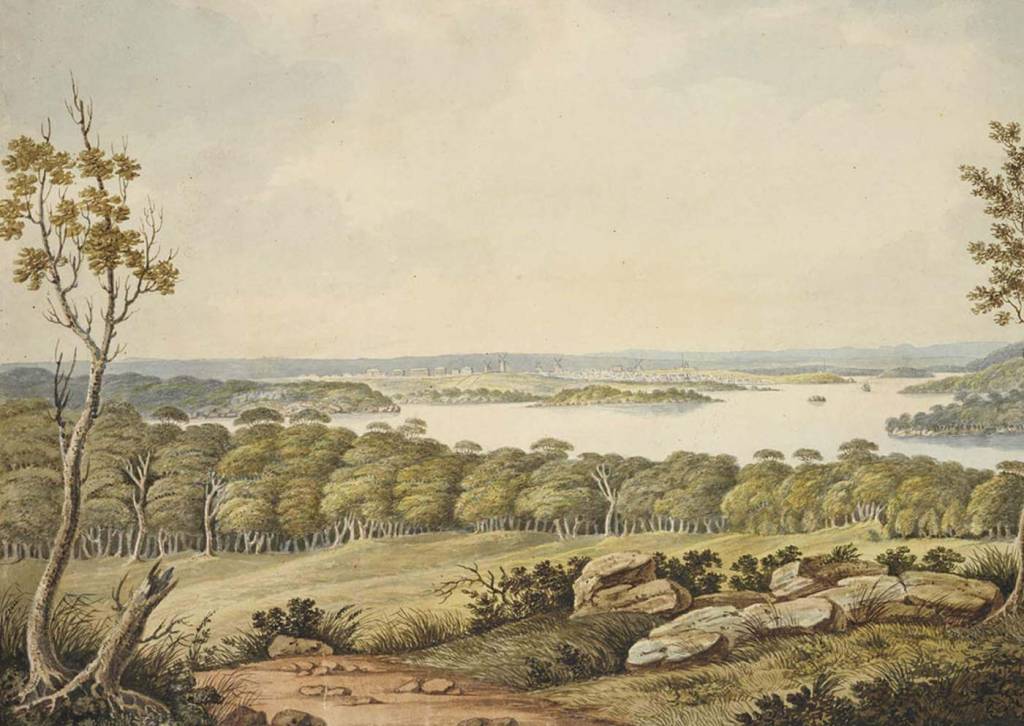
Photo: smh.com.au
What species live in Sydney Harbour?
The harbour is extremely biodiverse, with over 3,000 species documented, and five major marine life groups including: Crustaceans (like the blue swimmer and mud crab, Eastern Rock Lobster, school prawn), Polychaetes (marine worms), Molluscs (slugs, snails, clams, and muscles), Echinoderms (sea urchins, stars, and cucumbers) and…588 fish species (sea dragon, blue groper for example). There are also birds (penguins included), whales, dolphins, seals, turtles, corals, and sponges that either live permanently, or regularly visit the Sydney harbour waters. Next time you’re riding on a Sydney boat cruise across the harbour, you can imagine the world below you, teeming with colourful life.
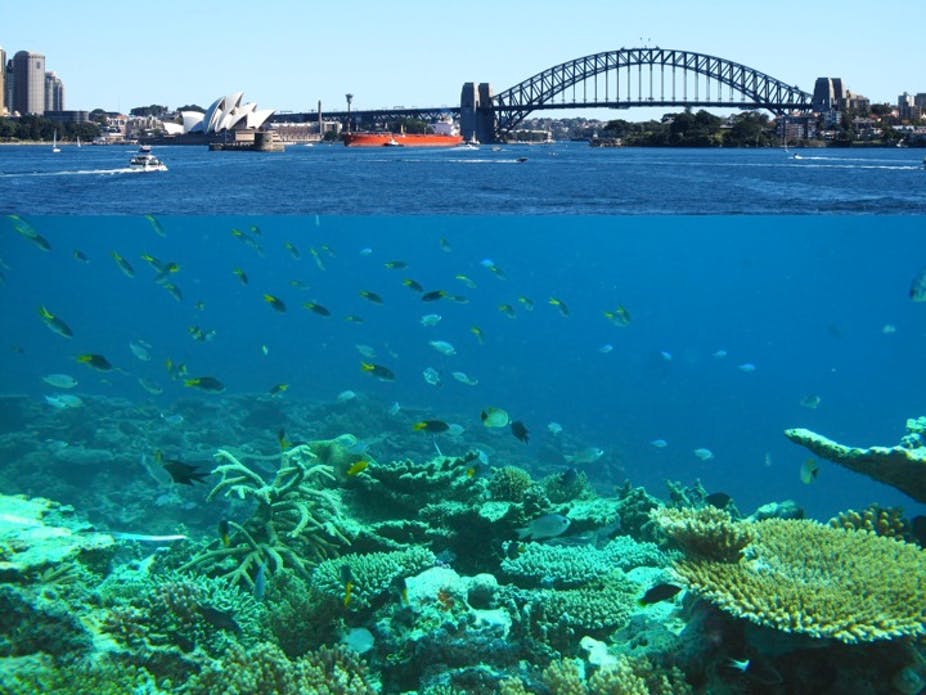
Photo: theconversation.com
Why is Sydney Harbour so special?
Apart from its incredible, naturally occurring characteristics, Sydney Harbour is one of the largest transport corridors for the whole state of New South Wales. Every single day there are roughly 40,000 trips made daily by ferries across the bright blue waters.
There are eight islands within Sydney harbour that were never joined by sand spits. These include: Rodd, Snapper, Cockatoo, Goat, Spectacle, Clark, Shark Island, and Fort Denison.
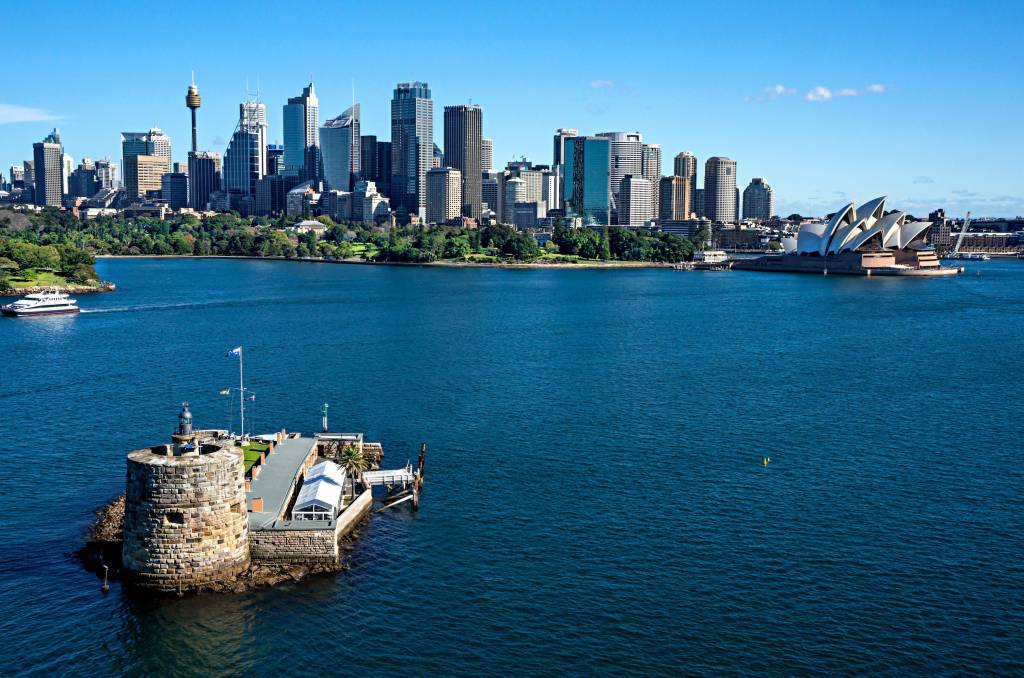
Photo: worldstrides.com.au
There are also several man-made attractions that now line Sydney Harbour, many of which are famous throughout the world and attract visitors from hundreds of countries. Some of the most popular landmarks include: The Opera House, Sydney Harbour Bridge, Circular Quay, Sydney entertainment centre, Sydney fish markets, Taronga Zoo, Sydney Aquarium, Darling Harbour, and the customs house.

Photo: biennaleofsydney.art
Sydney Harbour is roughly 19 km long, with 240 Kilometres of shoreline, and approximately 54 square kilometres of water, with a volume of 1 SydHarb (an official unit of measure). The harbour shoreline houses the myriad man-made attractions, residential areas, as well as parklands, forests, reserves, Sydney Harbour National park, botanical gardens, walking tracks, beaches, picnic areas, and so much more. It’s easy to see why Sydney Harbour is not only the World’s largest natural harbour, but one of the most iconic. If you’d like to experience the best natural harbour for yourself, visit our website to view our options for a Sydney boat cruise and rental.
